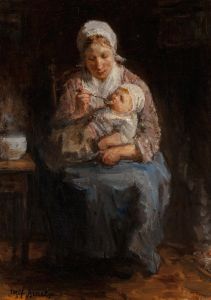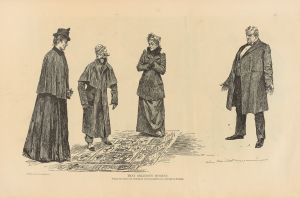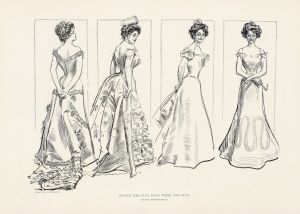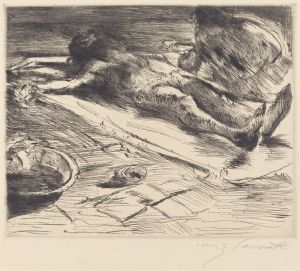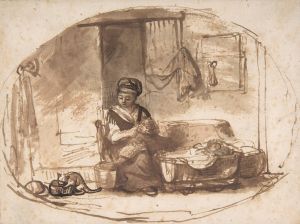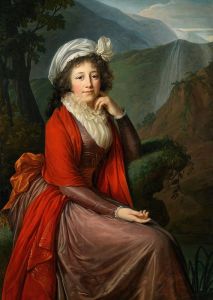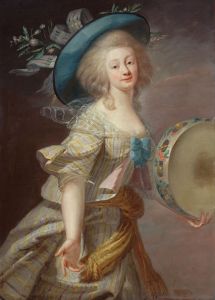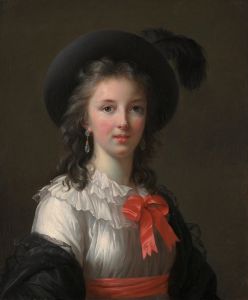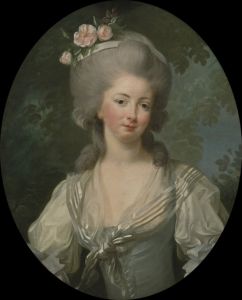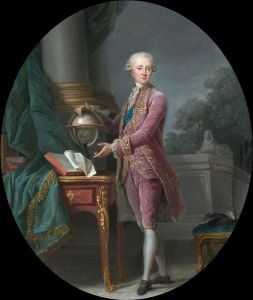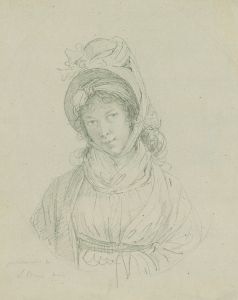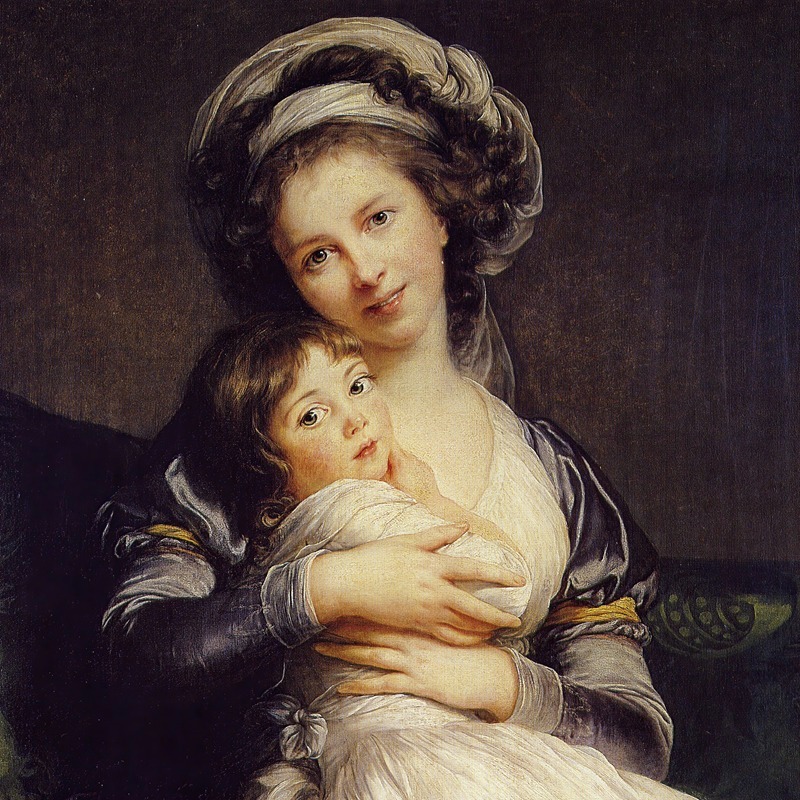
Self-portrait with Her Daughter, Julie
A hand-painted replica of Elisabeth Louise Vigée Le Brun’s masterpiece Self-portrait with Her Daughter, Julie, meticulously crafted by professional artists to capture the true essence of the original. Each piece is created with museum-quality canvas and rare mineral pigments, carefully painted by experienced artists with delicate brushstrokes and rich, layered colors to perfectly recreate the texture of the original artwork. Unlike machine-printed reproductions, this hand-painted version brings the painting to life, infused with the artist’s emotions and skill in every stroke. Whether for personal collection or home decoration, it instantly elevates the artistic atmosphere of any space.
Elisabeth Louise Vigée Le Brun was a prominent French portrait painter of the late 18th century, renowned for her artistic talent and her ability to capture the grace and elegance of her subjects. One of her notable works is "Self-portrait with Her Daughter, Julie," which exemplifies her skill in portraiture and her personal connection to her subjects.
"Self-portrait with Her Daughter, Julie" was painted in 1789, a significant year in French history as it marked the beginning of the French Revolution. Despite the turbulent times, Vigée Le Brun continued to produce art that reflected her personal life and the societal norms of her era. This painting is particularly significant as it not only showcases her artistic prowess but also provides insight into her role as a mother and an artist.
The painting depicts Vigée Le Brun herself with her daughter, Jeanne Julie Louise, who was affectionately known as Julie. In this self-portrait, Vigée Le Brun presents an intimate and tender moment between mother and child. The composition is characterized by its warmth and affection, with the artist and her daughter portrayed in a close embrace. This depiction of maternal love was somewhat unconventional for the time, as it emphasized emotional connection and personal intimacy.
Vigée Le Brun's use of color and light in the painting is masterful. She employs a soft palette, with gentle hues that enhance the tenderness of the scene. The lighting is carefully controlled to highlight the faces of the mother and daughter, drawing the viewer's attention to their expressions and the bond they share. The artist's skillful brushwork and attention to detail are evident in the rendering of the fabrics and textures, adding depth and realism to the composition.
The painting also reflects Vigée Le Brun's ability to navigate the artistic and social conventions of her time. As a female artist in a predominantly male-dominated field, she achieved remarkable success and recognition. Her ability to capture the likeness and personality of her subjects earned her numerous commissions from the aristocracy and royalty, including Marie Antoinette, the Queen of France. "Self-portrait with Her Daughter, Julie" stands as a testament to her talent and her ability to convey personal and emotional narratives through her art.
In addition to its artistic merits, the painting holds historical significance. It was created during a period of great change and upheaval in France, yet it remains a timeless representation of the universal themes of love and family. The painting is housed in the Louvre Museum in Paris, where it continues to be admired by visitors from around the world.
Overall, "Self-portrait with Her Daughter, Julie" is a remarkable work that encapsulates Elisabeth Louise Vigée Le Brun's artistic skill, her personal life, and her ability to transcend the societal norms of her time. It remains an enduring example of her contribution to the art world and her legacy as one of the most celebrated portraitists of her era.







